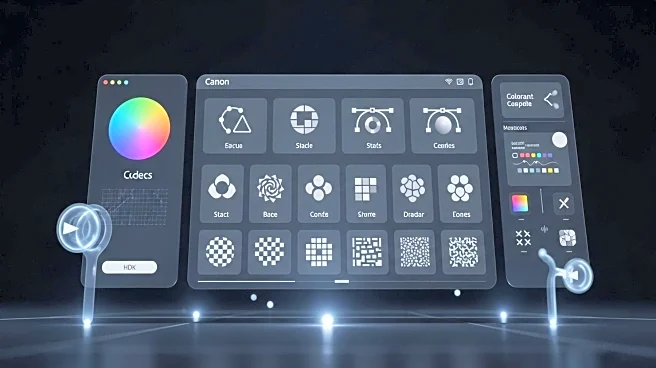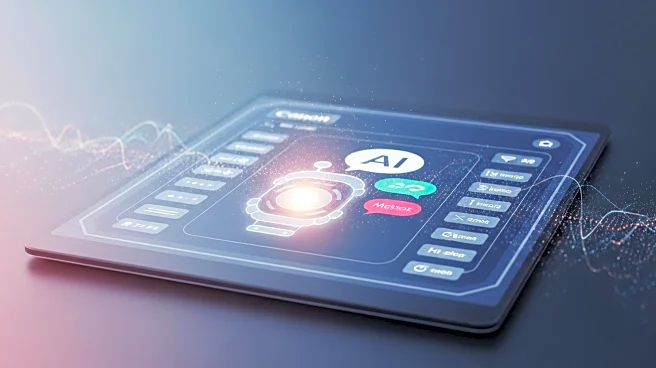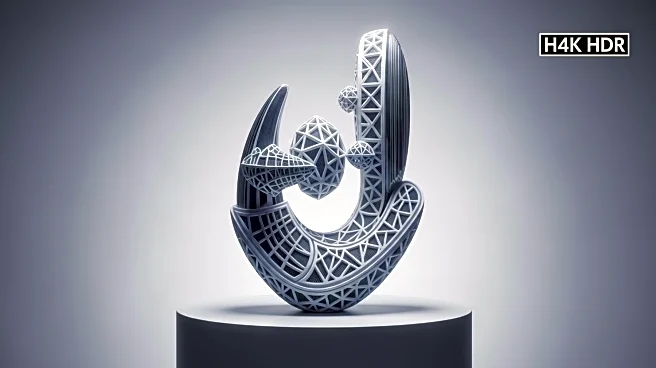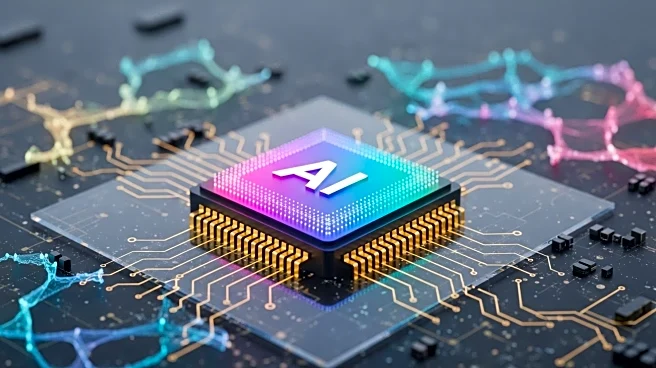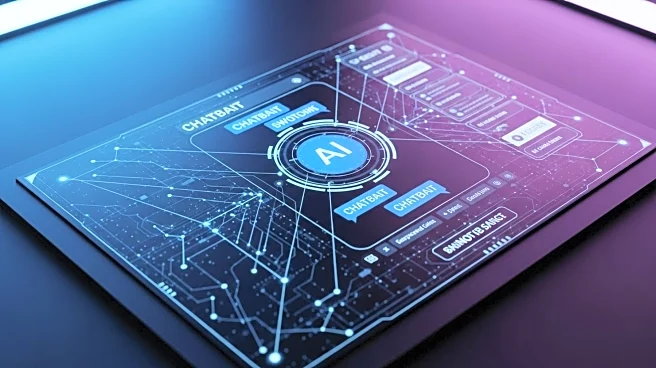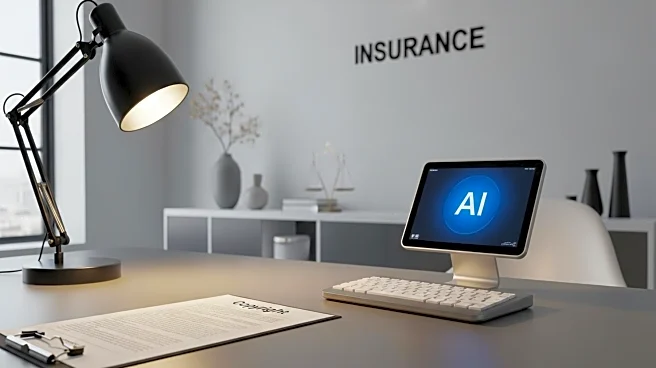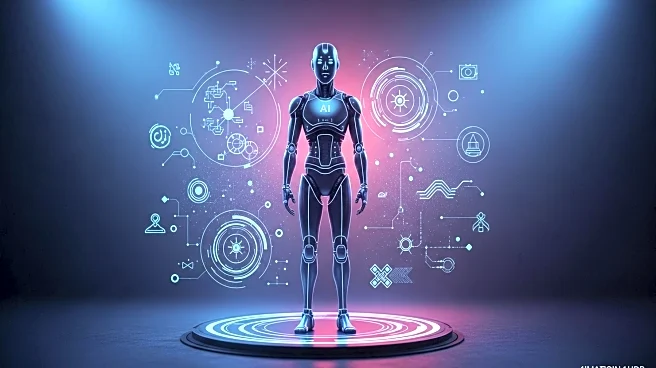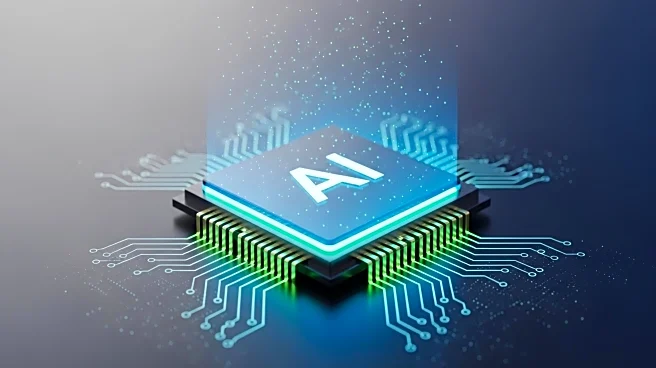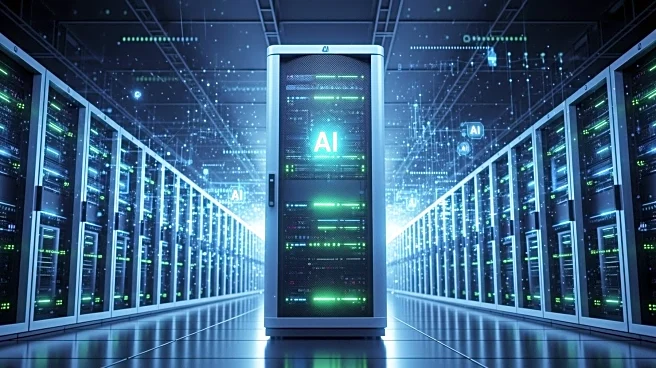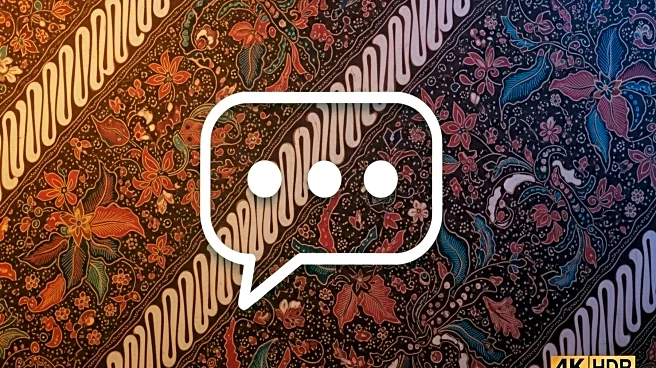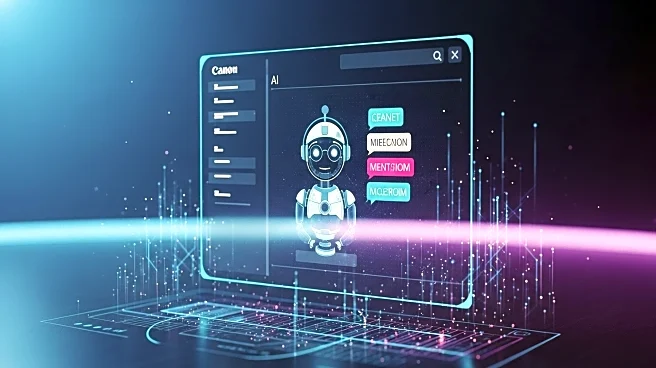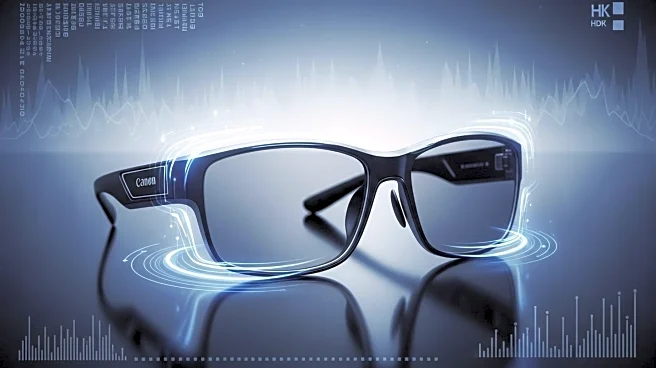What is the story about?
What's Happening?
Generative artificial intelligence technology has seen significant growth, leading to the development of creative services that can generate images and video clips from text prompts. Programs like Canva have made it accessible for users to create and edit images without coding experience. Among the top AI image generators, Dall-E 3 by OpenAI is noted for its prompt adherence and creative capabilities, requiring a ChatGPT Plus account for access. Canva's acquisition of Leonardo AI offers a robust free plan with editing tools and artistic styles. Google's nano banana model provides additional options for users comfortable with Gemini. These tools are designed to enhance creative processes, although they are not yet capable of replacing human creators entirely.
Why It's Important?
The rise of AI image generators is transforming the creative industry by providing tools that simplify the image creation process. This technology allows users, including those with limited artistic skills, to produce high-quality images and videos, potentially democratizing access to creative resources. However, the ethical and legal implications of AI-generated content remain a concern, particularly regarding copyright infringement and the use of existing human-created content for AI training. As AI services evolve, they may impact traditional creative roles and industries, prompting discussions on intellectual property rights and the future of digital art.
What's Next?
As AI image generators continue to develop, users can expect improvements in prompt engineering and editing capabilities. Companies like OpenAI and Canva may introduce more advanced features and subscription models to cater to different user needs. Legal and ethical considerations will likely evolve, requiring creators to stay informed about the latest requirements and policies. The industry may see further lawsuits and debates over copyright issues, influencing how AI tools are used and regulated.
Beyond the Headlines
The integration of AI in creative services raises questions about the authenticity and originality of digital art. As AI-generated content becomes more prevalent, distinguishing between human-created and AI-created works may become challenging, affecting perceptions of creativity and artistic value. This shift could lead to new standards and practices in the art world, redefining what constitutes original work and how it is valued.
AI Generated Content
Do you find this article useful?
